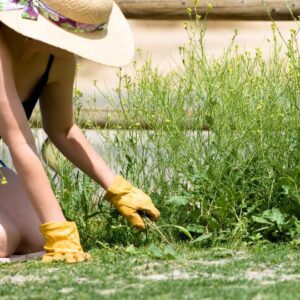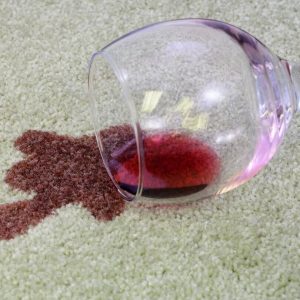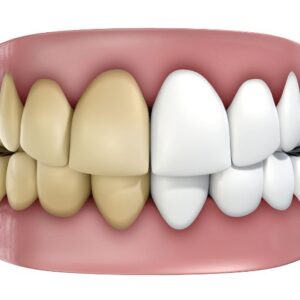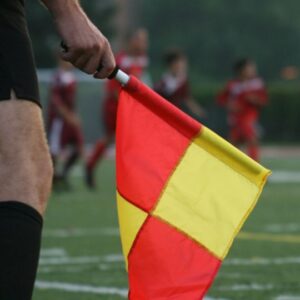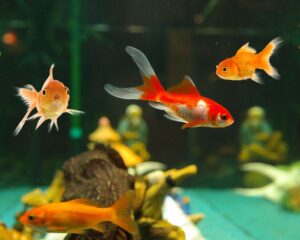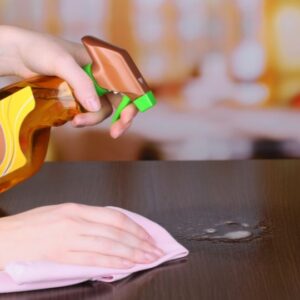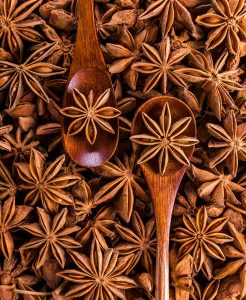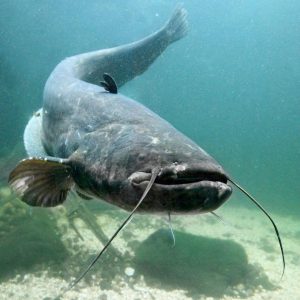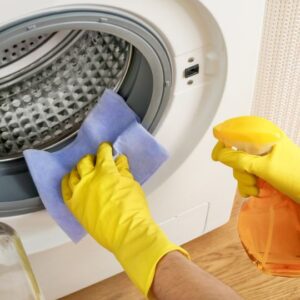Help, my goldfish keeps rising to the surface, sinking down, swimming crookedly or swimming upside down. What is going on anyway?
Goldfish sick
Your goldfish probably has a problem with its swim bladder. The swim bladder is an organ the fish needs to swim at different depths of water. It is a type of gas-filled sac inside the fish that can adapt to different degrees of environmental pressure. When a fish has problems with its swim bladder, it can no longer “float” in the water. It will float up or sink down when it stops swimming. Only by making active swimming movements can he still ascend or descend in the water. This is very tiring for the fish. If it takes too long he will have to give up the fight. His fins can also be damaged by scraping over the bottom or by dehydration as they rise above the surface of the water.
Did you know that of all fish, the goldfish most often develops swim bladder problems? The fish’s short, round body causes organs to quickly compress and press against the swim bladder, preventing it from doing its job.
What are the most common causes of a swim bladder problem?
The most common causes of a malfunctioning swim bladder are:
- A rapid drop in water temperature causes clogged bowels. When the water the fish swims in suddenly becomes a lot colder, the fish’s metabolism slows or stops. When you eat fish, it will become constipated. This constipation can cause the intestines to swell and press against the swim bladder.
- The fish gets too much (floating) food. When your fish gets too much food, its organs will swell and press against the swim bladder because of this food. Also, the swim bladder may not have enough room due to fat storage. Too much air hopping while eating can cause a distended stomach.
- An infection.
- An abnormality of the organs.
How do I cure my goldfish?
If your fish still has a normal swimming position (i.e., not on its side or upside down), it can still manage itself and can probably be solved with ‘decongestion therapy’.
If your fish no longer has a normal swimming position, it is seriously weakened and it is questionable whether it will recover. If your goldfish is sick, you can try giving water therapy to your fish. The purpose of this is to give your fish as much rest as possible so it can strengthen and perhaps swim on its own again.
How do I give constipation therapy to my fish?
You give this therapy to a fish with swim bladder problems that still has a normal swimming position.
Step 1: Increase the temperature of the water to about 20 degrees. This will get the goldfish’s metabolism back on track.
Step 2: Let your fish regain its strength. For example, see if you can reduce the current in the water by temporarily turning off the filter, and set your goldfish aside if there are pestering conspecifics in your aquarium.
Step 3: Don’t feed the fish for three days.
Step 4: After these three days, feed your fish cooked peas. Peas, due to their high amount of fiber, can relieve the fish’s constipation. Boil the (frozen) peas until they are soft and feed 1 or 2 to your fish. Sometimes it is necessary to poke the pea on a stick and hold it close to your fish.
Step 5: When your fish has no more symptoms, you can feed your fish again in a normal way. Prevent future swim bladder problems by not letting the water temperature get too cold, not feeding too much (a few small flakes once a day) and soaking the goldfish food before giving it to your fish.
Goldfish sick: How do I give water therapy to my fish?
Water therapy is given to a fish with swim bladder problems that no longer has a normal swimming position and is severely weakened.
Step 1: Put the goldfish in a separate tank whose water level is low enough that it is just underwater.
Step 2: Feed the fish small bits by hand, as it cannot swim. For example, you can poke soaked food or a boiled pea (without skin) on a stick and hold it near the fish).
Step 3: Keep the fish in the separate tank for about five days and add a small amount of water every day, just until the fish can swim freely again. This will allow the excess gas to slowly dissipate to normal amounts.
Step 4: Is your goldfish better again? Prevent future swim bladder problems by not letting the water temperature get too cold, not feeding too much (a few small flakes once a day) and soaking goldfish food before giving it to your fish.
Other diseases
To keep goldfish healthy, regular water changes, proper nutrition and avoidance of overfeeding are important. Antibiotics can be used for bacterial infections; specific products are available against fungal infections. Hosiery goldfish can sometimes get air in the swim bladder and float on the head, which can be solved by giving water fleas. The fish should eat its belly full and should be fed again second day.
Goldfish can get sick from several causes, including bacterial infections, parasites, fungal infections, poor water quality, overfeeding, and stress. It is important to change the water regularly, give the right food and amount of nutrition, and avoid over-stressing the fish. In the case of bacterial infections, antibiotics can be used, and specific products are available against fungal infections.
There are several parasites which make a goldfish sick:
- White spot (Ichthyophthirius multifiliis): An infection caused by a protozoa and manifested by white spots on the body and fins of the fish.</li
- Trichodina: A small parasite that attaches to the skin and mucous membranes of the fish. It causes irritation, bleeding and eventually infection.
- Chilodonella: Another type of parasite that attaches to the skin and mucous membranes of the fish. It causes irritation, bleeding and eventually infections.
- Costia: A bacterial infection manifested by red spots and bleeding on the body and fins of the fish.
- Gyrodactylus or skin worm: A worm parasite that attaches to the skin of the fish and causes infections.
- Dactylogyrus or gill worm: Another worm parasite that attaches to the gills of the fish and causes infections.
- Wireworm: A worm parasite that infects the intestines of the fish and can cause severe diarrhea and loss of appetite.
- Carper louse: A small parasite that attaches to the skin and mucous membranes of the fish and causes irritation and infections.
- Anchorworm or Lernea: A worm parasite that attaches to the skin of the fish and causes infections.
These diseases can lead to serious health problems and sometimes even death of the fish, so it is important to monitor the health of the fish regularly and act quickly at the first signs of illness.
If the symptoms have not disappeared, something more serious is going on. If the problems persist for a few more days it is best to put your goldfish out of its misery.
How old does a goldfish get?
Many people think that goldfish can only live for 1 to 3 years but if you take good care of them they will grow much older. Goldfish can live up to 40 years in nature!
What should a goldfish eat and how much should it eat to avoid getting sick?
A goldfish should have a diet of special goldfish food and sometimes fresh fruits or vegetables. It is important to limit the amount of food to what the fish can finish in about 2-3 minutes to avoid overfeeding and polluting the water.
How big does a goldfish grow?
A goldfish can grow between 10 and 40 cm tall, depending on the species and the conditions in which they are kept. In smaller aquariums, however, they will remain smaller than in larger aquariums with more room to swim.
How expensive is a goldfish?
The price of a goldfish varies depending on the species, size and where you buy them. On average, goldfish cost between €2 and €15 per fish, but some rarer species can be much more expensive. It is important to remember that there are also costs associated with maintaining an aquarium, such as food, water softeners and filters. For that, read our article on Keeping and buying goldfish as pets.
Do you want a goldfish as a pet yourself? Then see where to buy a goldfish on the map below:


